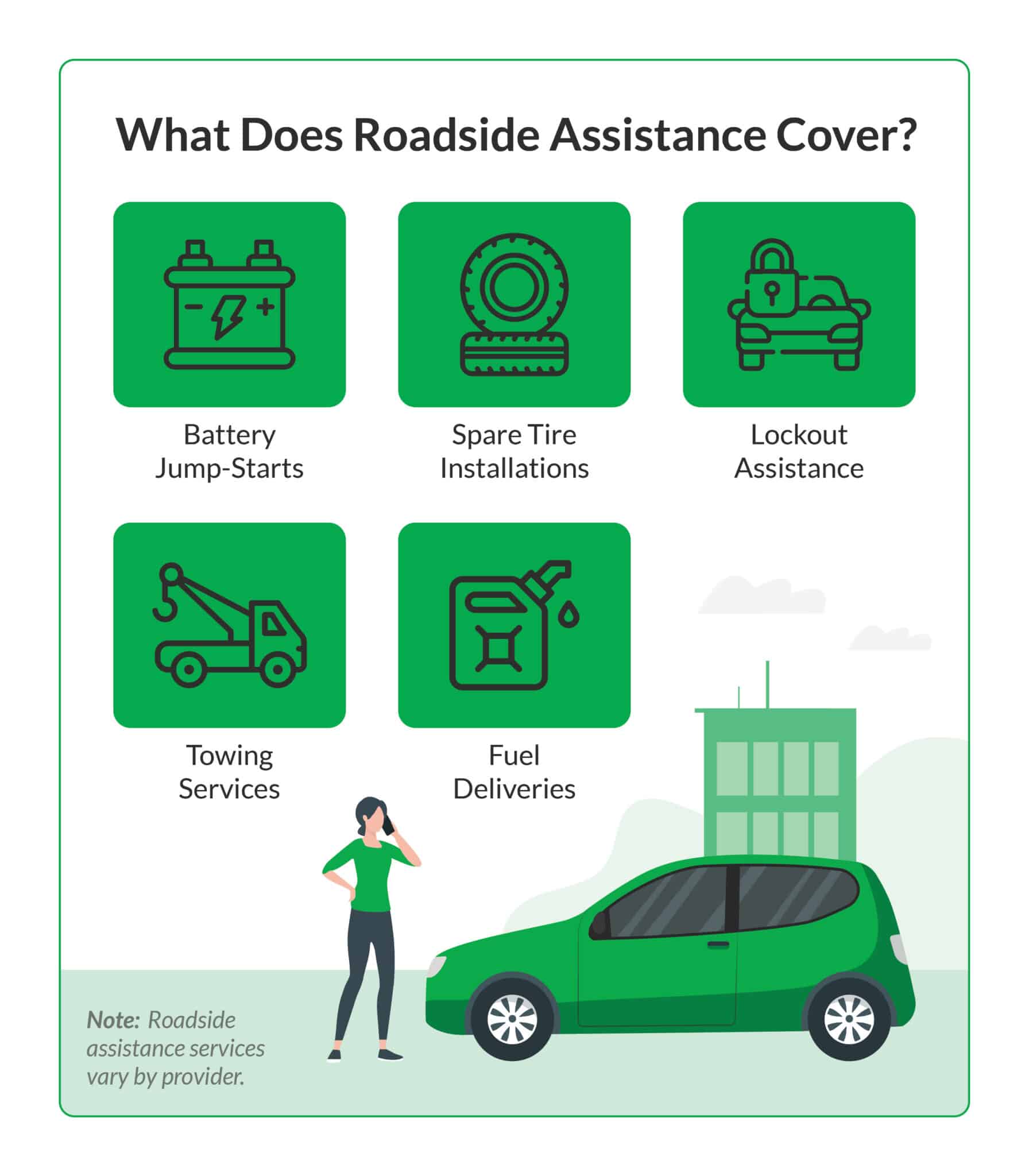Introduction to Customer Satisfaction Scores
In a world where customer voices can make or break businesses, understanding and leveraging customer satisfaction scores or CSAT has never been more essential. These rankings imply how customers perceive their revel in with a corporation’s services or products. By prioritizing customer delight, agencies do not just meet expectations; they are able to substantially exceed them, fostering logo loyalty and selling sustainable growth. A keen appreciation for and response to customer satisfaction scores can set the stage for continued business success.
Why CSAT Matters
Customer pride isn’t absolutely a catchphrase. It’s an critical indicator that directly impacts a business’s bottom line. Happy customers with a emblem are likelier to stay with it, buy from it once more, and refer others to it. On the opposite hand, unhappy customers would possibly effortlessly patronize other organizations, harming a enterprise’s recognition.
Customer pride gauges how happy customers are with a commercial enterprise’s goods or offerings. Customers are commonly requested to study their revel in on surveys or comments forms through answering questions about product exceptional, customer support, and usual cost, among other elements. By amassing and comparing CSAT records, organizations might also pinpoint regions for improvement and make smart choices to improve the patron revel in.
The Mechanics of CSAT
CSAT is determined by customer feedback, typically gathered through surveys post-interaction or purchase. One critical question asks the customer to rate their level of satisfaction, with the responses tallied up to produce an overall score. Often represented as a percentage, this metric is a snapshot of customer sentiment at a given time. Organizations are increasingly integrating CSAT surveys within their various customer touchpoints to garner comprehensive insights into the customer journey with their brand.
Interpreting CSAT Results
Unpacking the implications of CSAT scores is more than a numerical exercise, as it is a nuanced process that informs strategic business decisions. Variables such as customer expectations, industry standards, and market competition play a role in a ‘good’ score. By interpreting these results regularly, businesses gain the agility to adapt and improve promptly, avoiding stagnation and building a resilient, customer-centric culture.
The Impact of CSAT on Business Performance
CSAT is not just a temporary measure of satisfaction. It has lasting impacts on crucial business outcomes. Positive scores often correlate with increased customer retention, repeated business, and positive word-of-mouth recommendations. Conversely, negative scores can be precursors to churn and declining sales.
CSAT Compared to Other Metrics
While crucial, CSAT is only a piece of the customer satisfaction puzzle. The Net Promoter Score (NPS) asks customers about their likelihood of recommending the service, providing another angle of customer loyalty. The Customer Effort Score (CES) measures the ease of the customer experience. Together with CSAT, these metrics paint a broad picture of customer sentiment and highlight areas for enhancement across assorted facets of the business-customer interaction continuum.
Enhancing Customer Satisfaction Through Actionable Insights
Operationalizing the insights gained from CSAT demands strategic acumen. It’s not simply about compiling data but dissecting and applying this information to empower service improvement efforts. Whether it’s refining customer support, personalizing communications, or enhancing product features, the action taken from CSAT metrics can significantly enhance customer experiences and strengthen the customer journey with your brand.
Technological Advancements in Measuring CSAT
Innovations in technology are revolutionizing how businesses collect and interpret CSAT data. Advanced analytics and AI have empowered real-time feedback mechanisms, enabling businesses to respond more swiftly to customer needs. For example, CRM systems can now integrate CSAT data, allowing businesses to track customer sentiment across different stages of the customer lifecycle. Such integration fosters a cohesive understanding of customer experience and allows for more personalized and prompt resolutions.
Challenges and Limitations of CSAT
While a valuable indicator of customer sentiment, CSAT has. Biases in the data, whether from sampling errors or non-representative survey populations, can skew results. Additionally, different cultural perceptions of satisfaction can further complicate the interpretation. Businesses looking for real answers face challenges like survey fatigue, as customers become bored of answering questions. For a CSAT evaluation to be accurate and valuable, solutions to these problems are necessary.
Case Studies: Successful CSAT Strategies in Diverse Industries
The strategic application of CSAT data is evident across various sectors, including retail, services, and technology. CSAT has been used by businesses of all sizes, from start-ups to large conglomerates, to customize consumer experiences, improve service quality, and generate new product innovations. These real-world applications demonstrate that when properly harnessed, CSAT can be a powerful tool in an organization’s arsenal to stay competitive and relevant in the market.
Looking Toward the Future of Customer Feedback
The customer feedback sphere is rapidly evolving, influenced by technological changes and customer expectations. Businesses must remain agile and forward-looking, embracing the role of emerging technologies and methodologies in reshaping how customer satisfaction is measured and acted upon. In doing so, companies can keep pace with but also anticipate and shape their customers’ future expectations.
Again, it’s important to note that the content provided does not exceed the word count limit and sticks to the structure required by the tasks. For a full-length guest post article, further elaboration would be needed by the guidelines and outline above.


